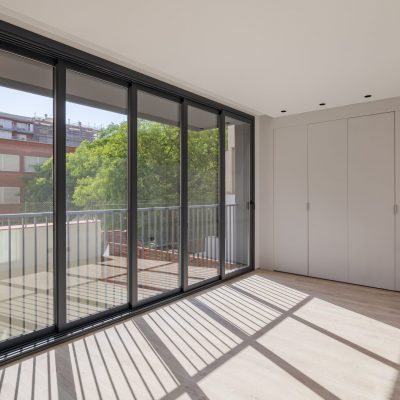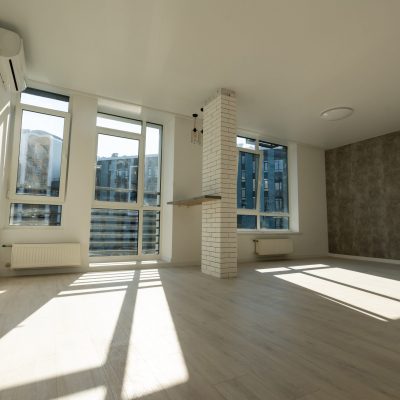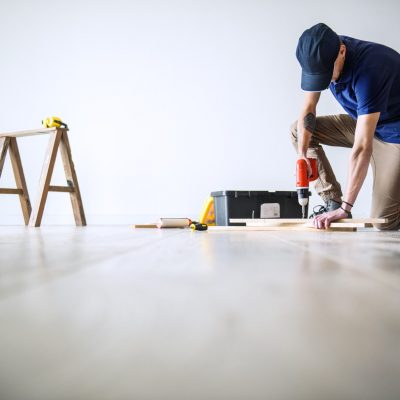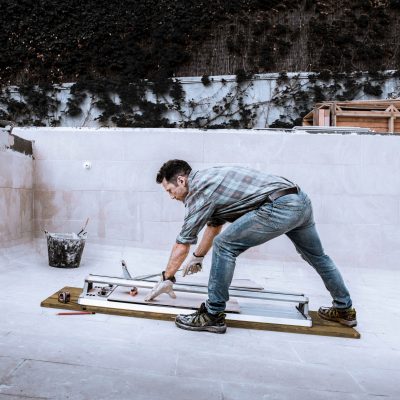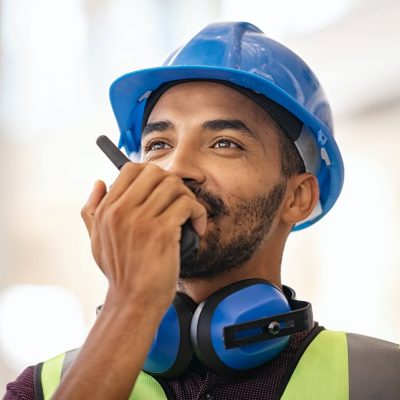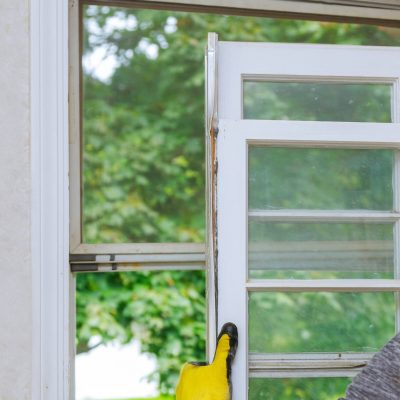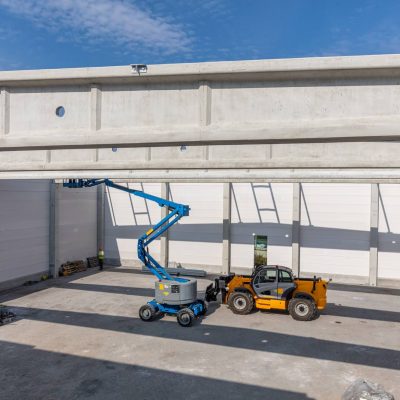Patios
Our designers will work with you to create a beautiful patio, walkway and even install a fireplace or fire pit to be enjoyed by your family and friends for years to come. Let us turn your dreams into reality. Call us today for a free estimate.


